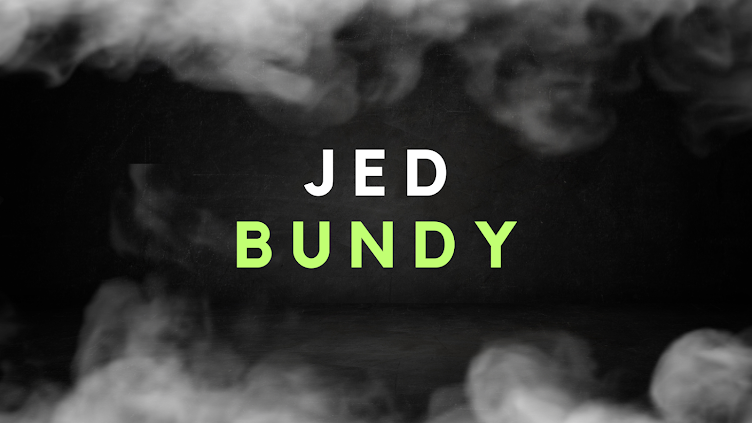Horror Express (1972)
Director: Eugenio Martín (as Gene Martin)
Writers: Arnaud d'Usseau (screenplay), Julian Zimet (screenplay)
Stars: Christopher Lee, Peter Cushing, Telly Savalas
I love John
Carpenter's The Thing. Who doesn't? I love the more recent prequel film
too, also called The Thing. Who does? Before those, there was the
classic The Thing From Another World, and before that, there was the
original 1938 novella they were based on. And here we've got... uh... none of
those.
We've got
1972's Horror Express, but the plot may sound familiar.
An ancient
figure is found frozen in ice. Scientists remove it and it thaws out. The next
thing you know, people are getting killed and the creature begins to adapt,
absorbing their memories, their personalities, and it can look like anyone.
It's an alien creature from the dawn of time, and the only way to tell who's
now real and who isn't is to medically check everyone. As paranoia begins to
grow amongst the poorly-armed survivors, things are looking bleak as the
creature attempts to escape...
Wait, run
that by me again?
Yes, the
story is almost identical, even if the surroundings are different. Here our
alien popsicle is brought aboard a train in 1906, the Trans-Siberian Express.
Professor Saxton is proud of his find, boxing it and wrapping up the crate with
chains. His rival, Doctor Wells, is keen to sneak a peek and pays someone to
drill a hole in the crate and have a good look at what's inside. Naturally,
someone gets killed and the body goes missing.
Inspector
Mirov then orders the crate opened and the dead man is discovered inside,
although the frozen body isn't. Before long, the body count rises and the
autopsies are confirming that their knowledge is being drained out of them
through their eyes. The prehistoric being is shot and killed, but that's when
Saxton and Wells learn that it's only a host body and the creature can become
anyone. It's an alien being, and the only way to detect it is for Saxton and
Wells to study everybody's eyes. Well, you can probably figure out the rest.
But is Horror
Express actually any good? Sadly, you'll also either love this or hate this,
depending on what you're after.
If you want
an action-packed horror film, this isn't it. If you want nail-biting suspense
and jangling paranoia, you'll be disappointed. It's a cheaply-made film with
music that sounds more like it belongs in a Western at times, and the story
seems to get away from itself. Oh, and the ending is a little disappointing. So
knowing that, what are its good points?
First of
all, it has two heroes who don't get along with each other. They may be
colleagues, but they're competitive, and while it may not be used to its full
advantage, it still makes a nice change. Also they're played by Christopher Lee
and Peter Cushing, which boosts the quality of this production and makes it
feel like a Hammer horror film. It even has Telly Savalas in it for the last
half an hour or so, for good measure. And he's not in Kojak mode, but
Maggott from The Dirty Dozen mode.
Some of the
moments and images on display are the fuel of classic nightmares too, including
the white-eyed stares of every victim as blood pours down their faces. It has a
wry sense of humour at times too, in particular when Dr. Wells tries to charm a
gorgeous redhead who's too young for him. The train setting may not have the
Arctic ambiance of The Thing, but it's a confined space and that means a
claustrophobic atmosphere.
Also,
remember that means that the creature is constantly drawing nearer... and
before long it'll escape into society.
It's a
smart take on it. Except the unhurried pace of the film turns what should have
been a frantic race against time into a slow ride on a slow train. I know, that
was the style of horror movies back then and it does work as a film, but
it just feels like a missed opportunity to turn those tension screws a few more
times. That being said, I liked this
movie, even if the story is familiar. Lee and Cushing are always a joy to watch
Horror
Express isn't an express ride. But it has horror, and the journey is smooth
and steady with lots to see. It's worth the price of the ticket, so climb
aboard.
- Rick Austin








